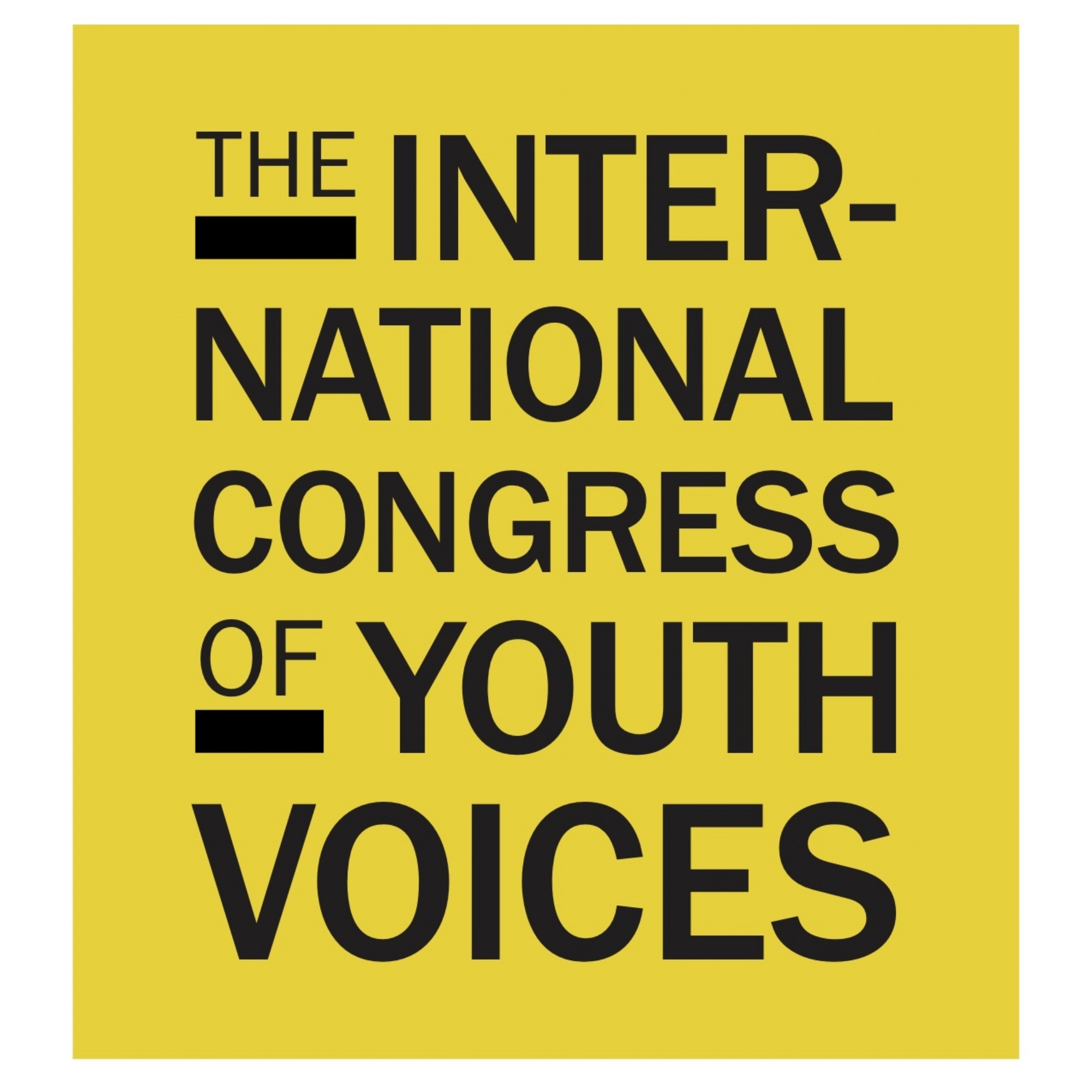KARIM ABURAMADAN, 19
Born and raised in Gaza, Palestine, Karim Aburamadan is a peace activist currently living in Toronto, Ontario, Canada. His main focus is on the Israeli-Palestinian conflict. Aburamadan has attended many peace-oriented programs that brought people from both sides of conflict together, such as the Seeds Of Peace International Summer Camp in Maine, USA, where 200 campers from nine different countries came together. For two hours every day during the three week program, the students collectively debated and discussed the Israeli-Palestinian conflict and the Pakistani-Indian Kashmir conflict.
Aburamadan was the first-ever Palestinian student from Gaza to study in an international boarding school in Tel Aviv, Israel. As a Palestinian, he had an opportunity to live on the Israeli side of the conflict, which gave him the chance to experience the other side of the conflict on the ground, and the chance to represent his own point of view in an international environment.
During his stay in Tel Aviv, Aburamadan attended an event organized by the Leon Charney Resolution Centre where 80 international students were split into two groups, one group represented the Palestinian side of the conflict, and the other group represented the Israeli side. After 10 hours of intense and heated debate, the two groups came to a resolution on how to put an end to the conflict in a peaceful manner. This event was covered by the international and local media.
Inspired by his experience, Aburamadan hopes to be an ambassador of peace and hopefully put an end to conflict in his home and work together with other youth: the voices of tomorrow. He will attend George Brown University in Ontario in the fall of 2019, studying international business.
The Breaking of A Neighborhood
By Karim Aburamadan
It was July when Israel waged a large-scale air and ground military offensive on the Gaza Strip that went on for 50 days, killing 2,200 Palestinians: 70% of them were women, children and elderly, 11,000 were injured, tens of thousands of made homeless, and caused large destruction, loss and damage to the infrastructure, industry and agriculture.
When the war on Gaza was declared,Israeli officials said the offensive aimed at reining in militants to prevent them from firing rockets into Israel or digging tunnels that were underneath the borders between the coastal enclave and Israel.
The first two weeks of the offensive were like round the clock airstrikes carried out by Israeli air-force fighters, and then paratroops began the second hardest part of the operation, which was the ground offensive.
One of the neighborhoods in eastern Gaza, known as Al-Shuja’eya, was completely destroyed and thousands of homes were razed or demolished on the heads of its residents.
On the day the offensive stopped, the scene in Al-Shuja’eya looked like a heavy and long earthquake had hit the neighborhood and caused severe destruction to everything: homes, mosques, and factories. Residents are hesitant to rebuild because of the looming uncertainty of of another war.

